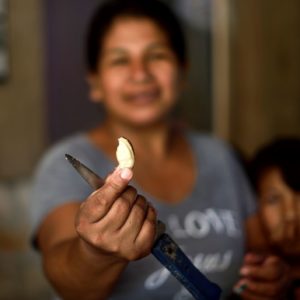
Help communities and concessionaires develop and improve the sustainable production of forest products, such as Brazil nuts and açaí berries.
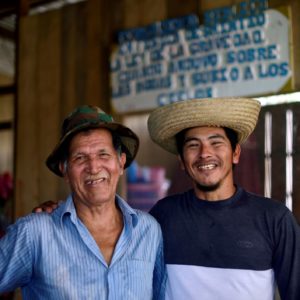
Support forest users to protect their lands and resources from threats like illegal logging and gold mining.
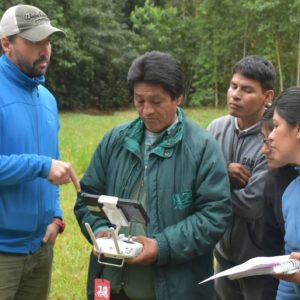
Provide the technology and training that communities and governments need to better monitor and manage their natural resources.
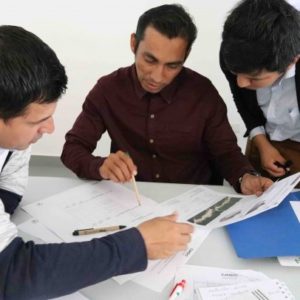
Provide tools and build the capacities of governments and communities to work together to reduce threats to the forest, improve the context for conservation, and apply the law.
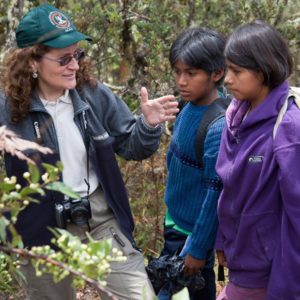
Create opportunities for the next generation of conservationists by supporting research and providing scholarships for young biologists and deliver environmental education programs to school-aged children.
Through supporting sustainable livelihoods that keep forests standing, we are empowering local communities like Santa Rosa del Abuná in Bolivia. We’ve partnered with them to improve how they manage the açaí berry – the popular palm fruit dubbed as one of the ten new superfoods in the world. Using our expertise and technology, we developed a GIS program to locate and manage their açaí trees, designed an innovative safety harness to make harvesting berries less dangerous, and taught best practices for transforming the fruit (which only lasts a few days after being harvested) into pulp and storing it to generate higher profits. Working together has improved incomes across the community, making their lives better and their forests healthier.

We partner with five educational institutions in Madre de Dios, Peru – an area heavily affected by illegal gold mining and deforestation – to get children to connect with and learn about the forests they call home. We deliver a unique environmental education program for youth aged 10-16 years, where they learn how to use camera trap technology to monitor and understand the wildlife with whom they share a forest. After analyzing information from camera trap images and videos, the students present their findings to community groups, including local government officials. By engaging students on environmental protection topics early on, we not only inspire and train these conservationists of tomorrow, but help them become the messengers of today by sharing this knowledge at home, affecting a change in attitude across all generations.
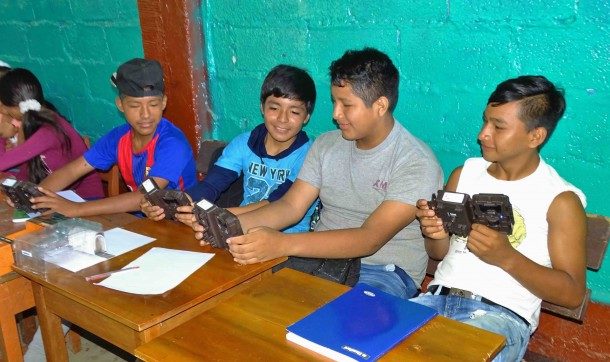
Among birders, a Big Day is a day in which birders or teams of birders strive to identify and record as many bird species in a defined area as they can in a single day. This year, Amazon Conservation is proud to sponsor the first-ever Women’s Big Day in Peru at our Manu Conservation Hub […]
At 2022’s COP15 (the United Nations Biodiversity Conference of the Parties to the UN Convention on Biological Diversity) in Montreal, Peru announced the recognition of Los Amigos Conservation Concession as its first of two Other Effective Area-Based Conservation Measures (OECM), as part of Peru’s efforts to meet the goal set by the Biological Diversity Agreement […]
On December 20, 2022, with technical support from our sister organization in Bolivia, Conservación Amazónica – ACEAA, the Mayor’s office of Porvenir in the Amazonian department of Pando, established the Natural Area of Integrated Management of the Porvenir Forest. This new protected area will ensure the health and sustainable management of these productive forests with […]